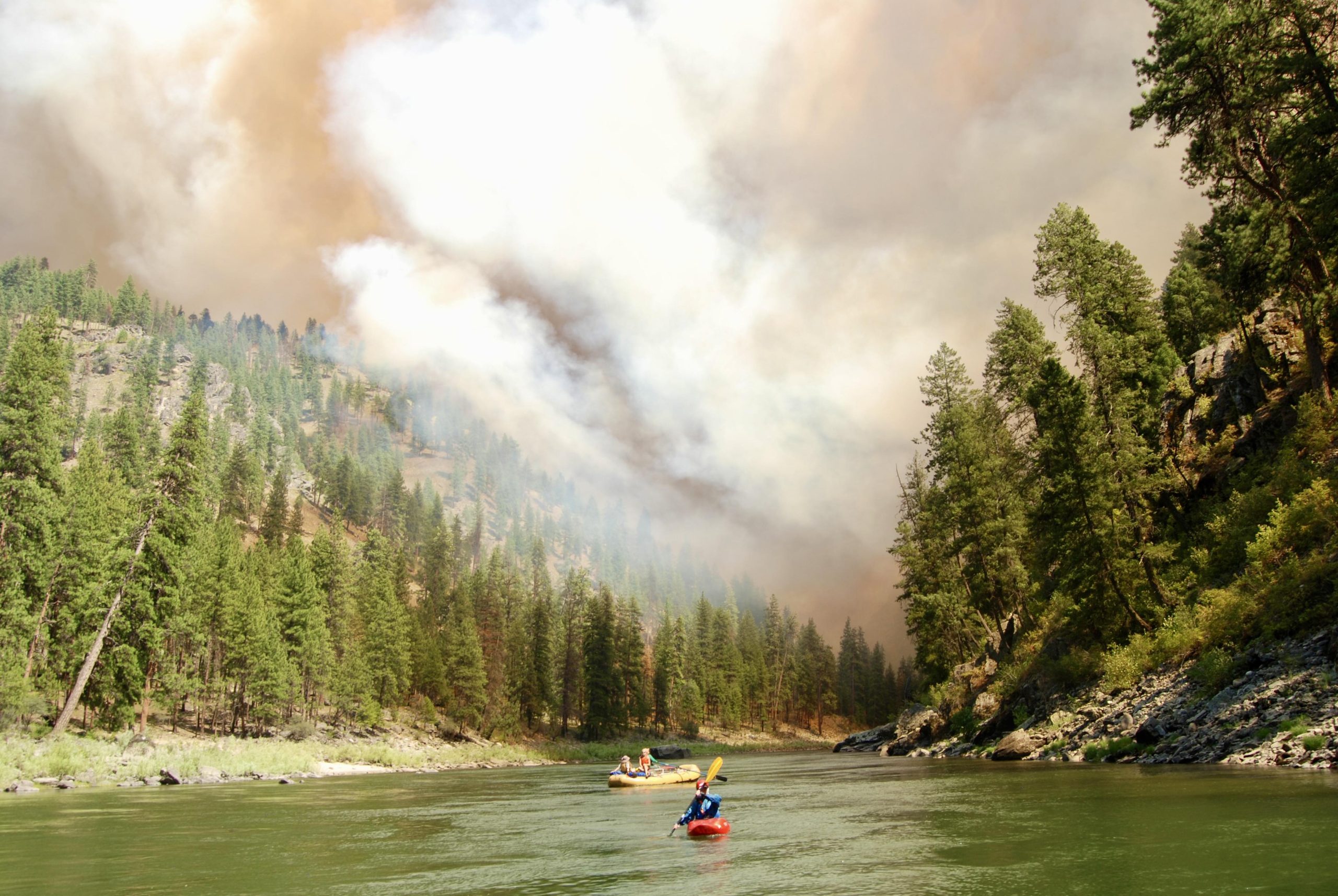
A STARK MESSAGE FROM MAUI
Earth’s rapidly changing climate is taking an increasingly heavy toll on landscapes around the world in the form of floods, rising sea levels, extreme weather, drought and wildfire.

Also at growing risk are the values of the property where these hazards are projected to worsen, according to a new study by University of Utah scholars. The research team, led by biology professor William Anderegg, attempted, for the first time, to quantify the value of U.S. property at risk in forested areas exposed to increased wildfire and tree mortality associated with climate stresses and beetle infestation.
“As a society, we have this tremendous capacity to deal with and minimize, adapt to and mitigate risk,” said Anderegg, who heads the university’s Wilkes Center for Climate Science & Policy. “We have insurance policies, we have seat belts in cars and airbags. All of these are to mitigate the risk of getting in a car accident or having a fire burn down your house. But fundamentally, all these tools to mitigate risk are predicated on knowing what the risks are and capturing how those risks might change.”
Climate change is a “game changer,” according to Anderegg, because it promises to elevate threats, yet we don’t know exactly where, when or by how much.
“This is a really clear case of where we need cutting-edge science and tools to tell us what are the risks and how are they possibly or
likely to change this century due to climate change,” said Anderegg, who studies forest ecology. “Climate change is going to drive wildfire and disturbance risks up and is already driving them up. Insurers leaving states like California really underscores that.”
Most recently is the devastating wildfire in Maui where not only property has been destroyed but scores of human lives have perished.
To read the full article by Brian Maffly visit @TheU.
